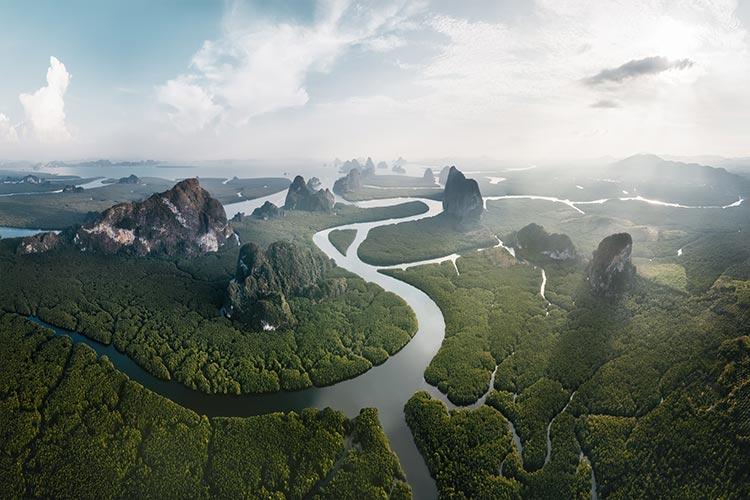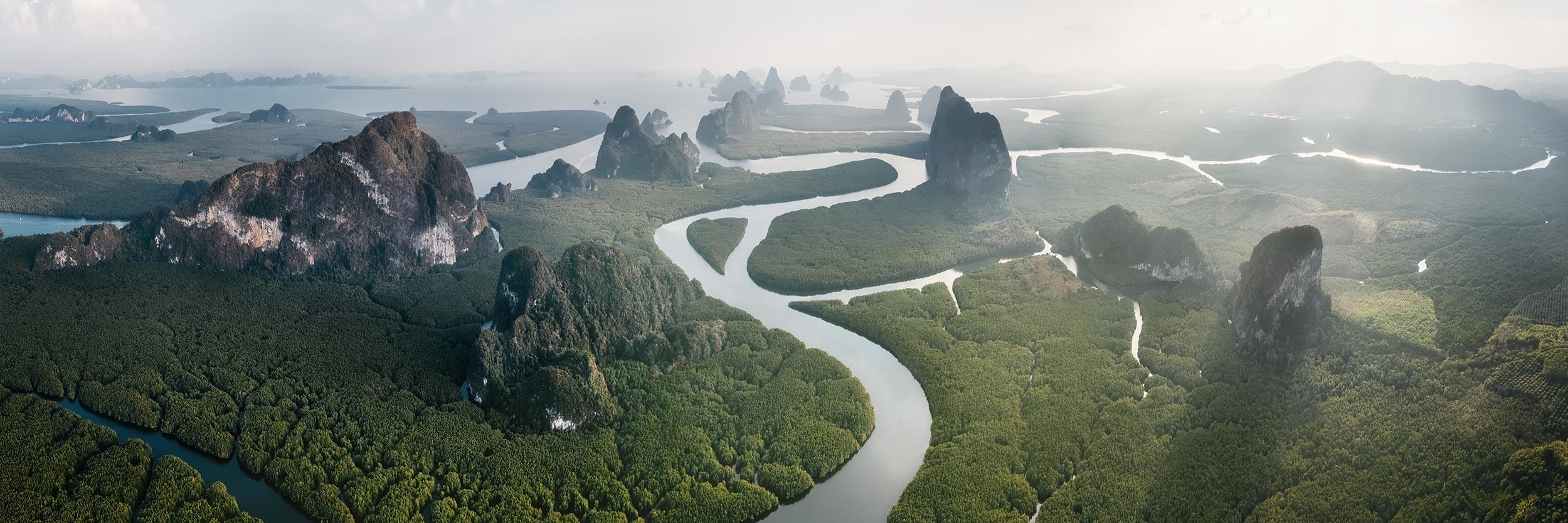Mongolia and Siberia: Adventure at the Edge of the World
- Author
- Travelogues
October to April and it is the very long, cold and dry winter in Siberia, a vast Russian region taking in tall mountains, clear lakes, charming cities, and even sandy deserts. In Irkutsk, the region's capital, the coldest month is January when temperatures are between minus 23 and minus 13 °C (minus 8.5- minus 9.5 °F). Not bad considering Siberia's northernmost city Norilsk usually has lows of minus 35 °C (minus 31 °F) at this time. By April temperatures in Irkutsk have risen to between minus 3 and 9 °c (27-48 °F), not warm enough to take your coat off, but not nearly bone-crunchingly cold as peak winter. The intense cold, however, does not mean it is not a good time to visit, just that you need to be prepared. High quality deep-winter clothes go without saying. In fact, winter is a great times to visit Siberia for all manner of pursuits. February is the best time for tracking Siberian tigers as it is when their tracks are most visible in the snow, and they wander further out to find food. For those that want to try their hand at ice fishing, a few days ice skating, or perhaps ride a Russian hovercraft, Siberia's breathtaking Lake Baikal in winter is the time and place to do it.
An Asia-focused magazine brought to you by Remote Lands - a platform for adventure, luxury, and authenticity from experts and explorers around the continent.
Here is a small selection of the kind words our clients have said about us recently.

Every activity was coordinated to perfection and we couldn’t be more happy.
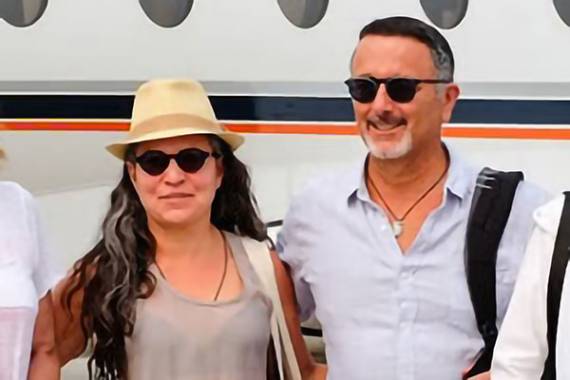
As the trip progressed strangers became friends. Particularly special was the effortlessness: perfect logistics, never having to worry about anything, and, of course, the charming and thoughtful way you organised everything.
You are invited to Remote Lands’ signature Aman Jet Expeditions, in partnership with our friends at Aman. These are small group journeys designed for people who usually travel independently.

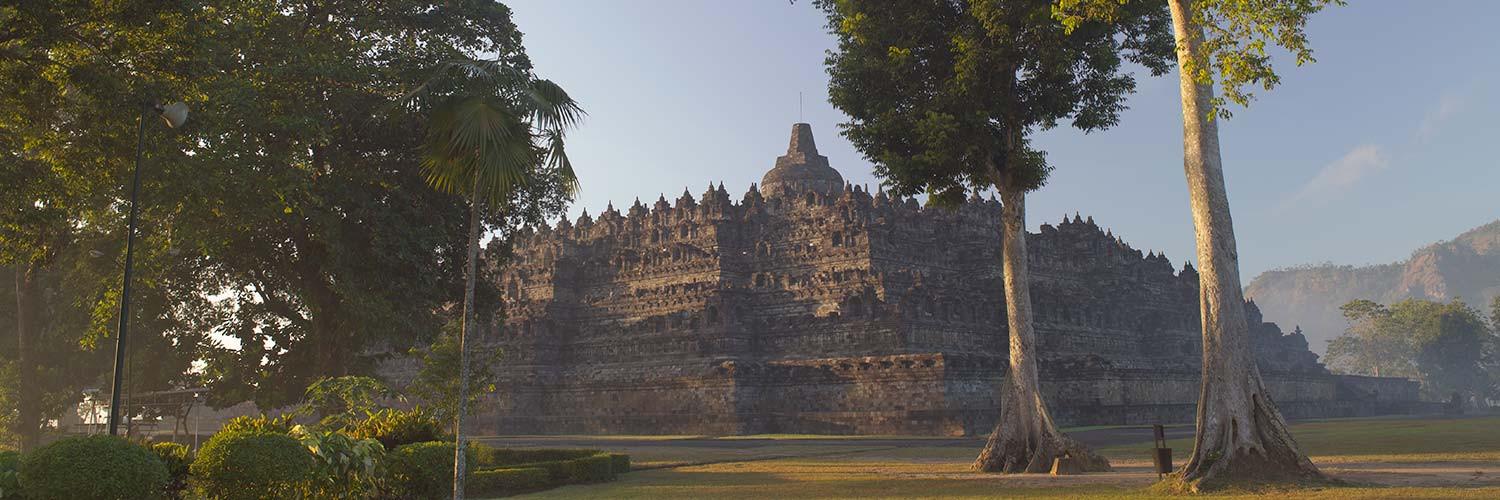
Japan · Philippines · Indonesia · Maldives · Oman · Venice · Morocco
September 8–28, 2024
See Itinerary

Nepal · Bhutan · India · Sri Lanka
October 14–28, 2024
See Itinerary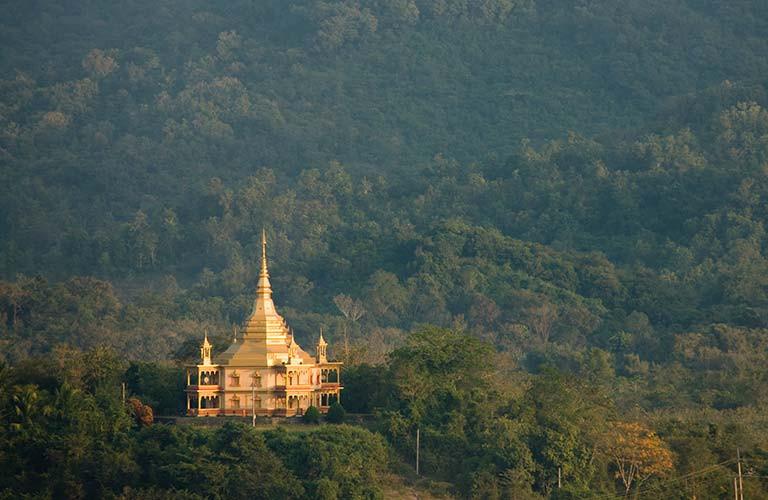
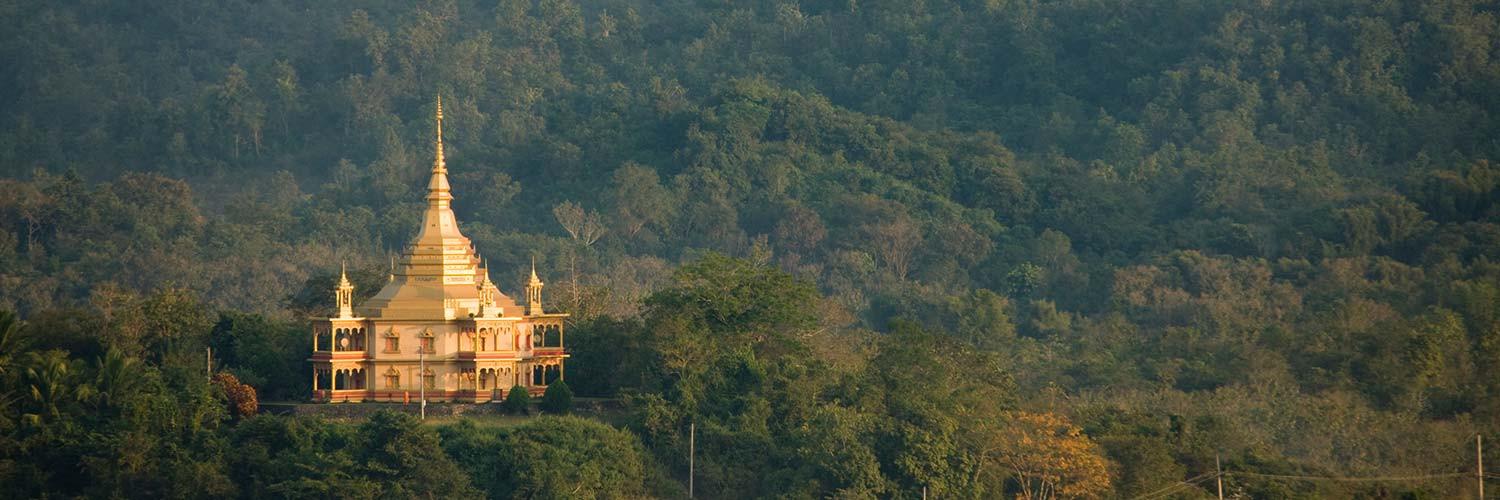
Vietnam · Laos · Cambodia · Thailand
November 10–20, 2024
See Itinerary

Japan · Vietnam · Thailand · Bhutan · India · Uzbekistan · Greece
April 19–May 9, 2025
See Itinerary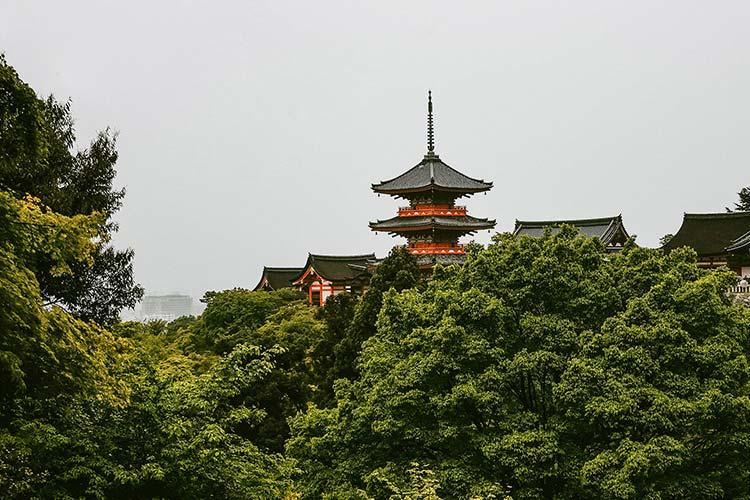

Japan · Philippines · Indonesia · Maldives · Oman · Venice · Morocco
September 7–27, 2025
See Itinerary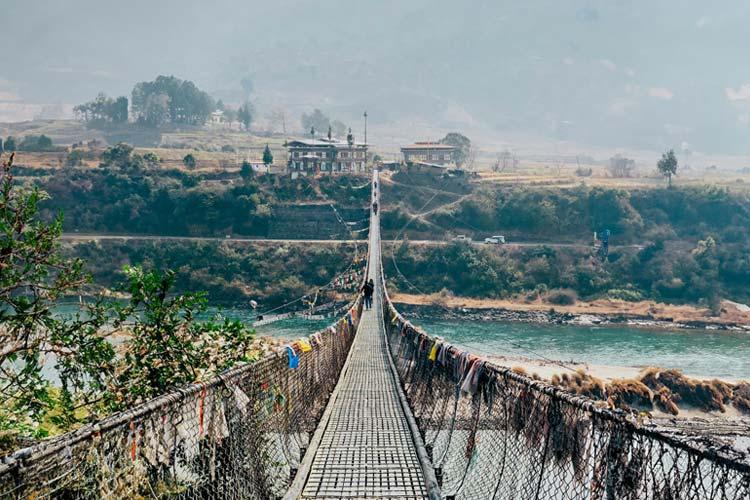
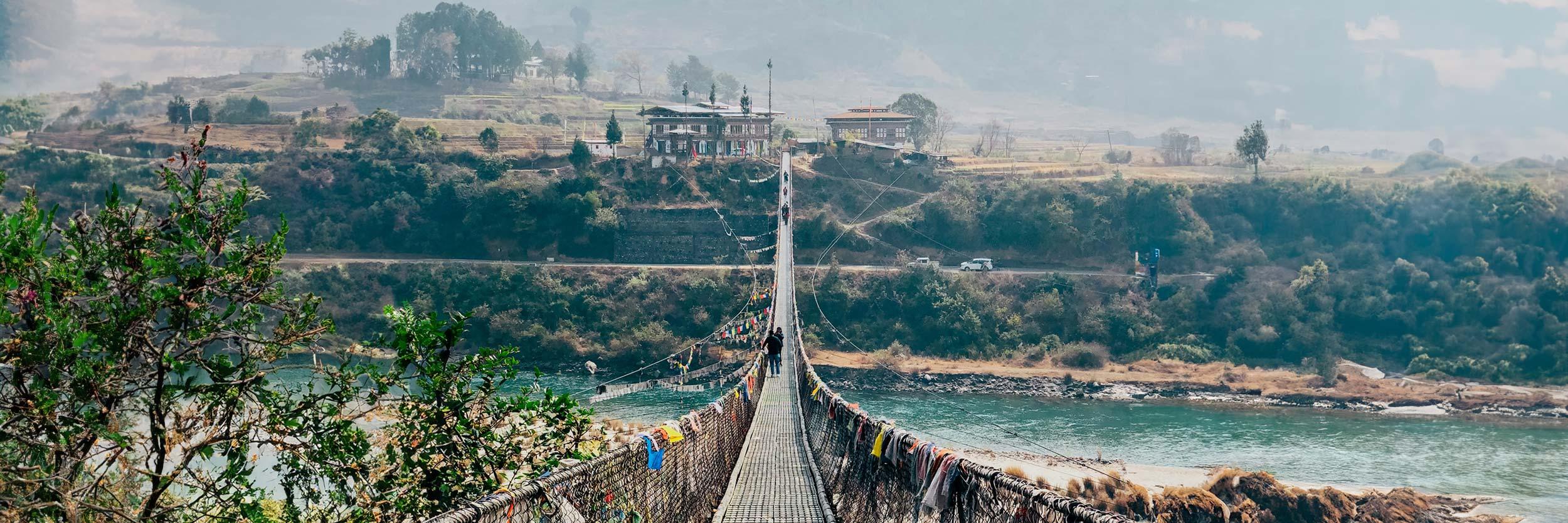
Nepal · Bhutan · India · Sri Lanka
October 19–November 2, 2025
See Itinerary